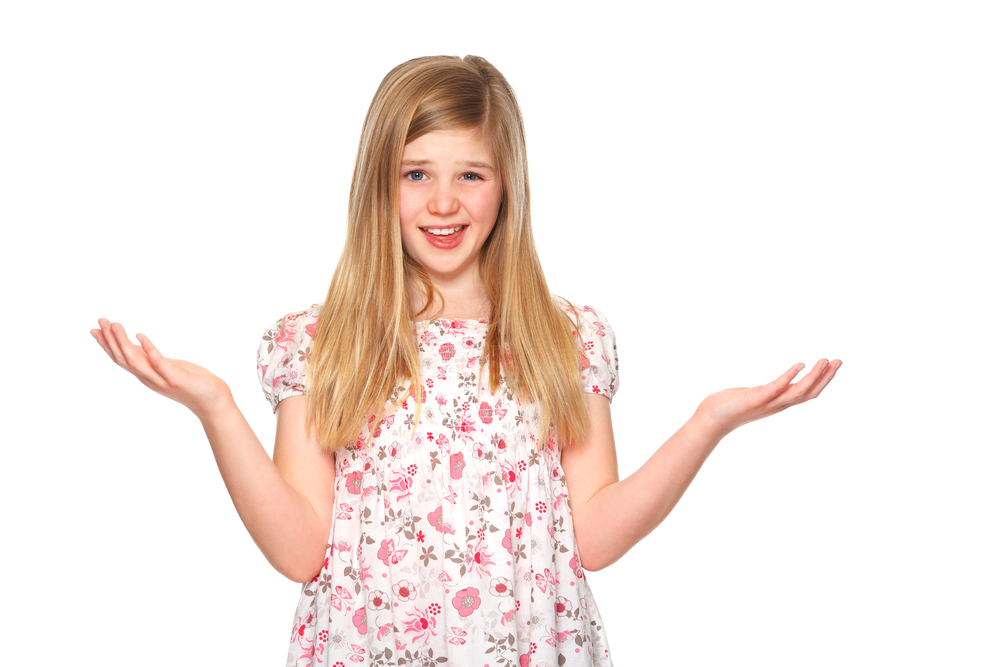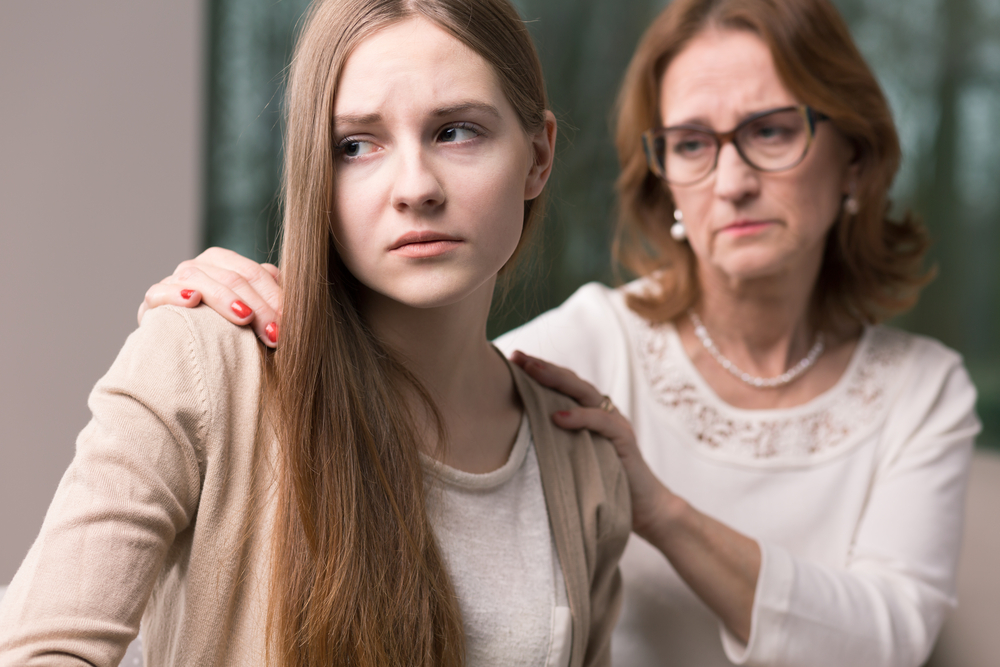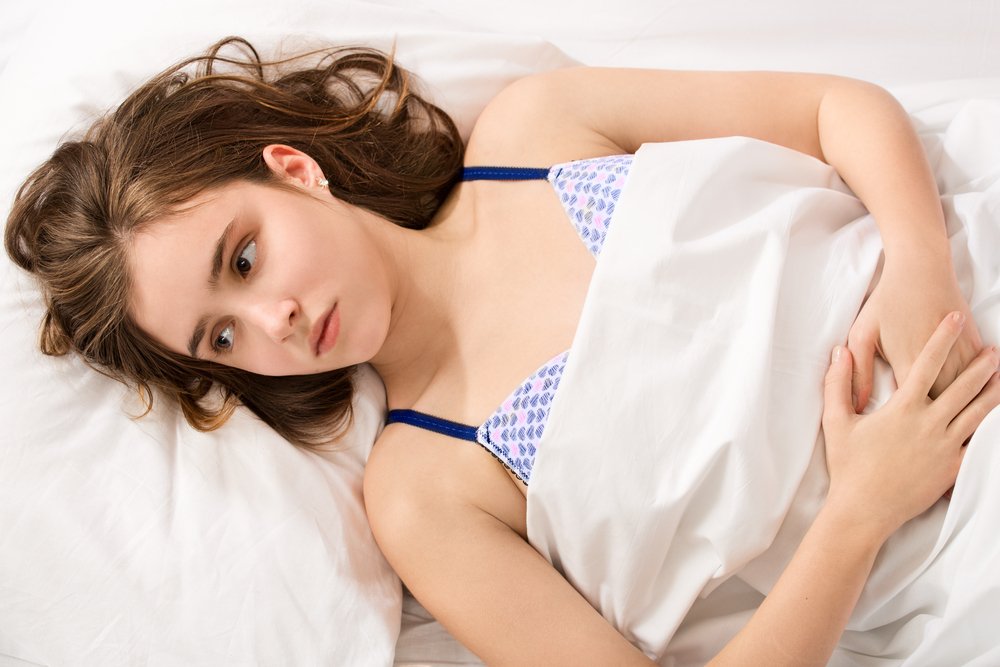There is a turning point in every girl’s development after which life is no longer the same, a moment that marks the end of childhood – the first period. In addition to the physiological importance of menarche, as the first period is professionally called, it also bears a psychological stamp that leaves a special mark on every girl. That is a mixture of feelings: on the one hand pride that a new chapter in life is beginning, an age of greater maturity, while on the other hand a subconscious nostalgic realisation that things are changing irreversibly, which can also be tinged with the fear of bleeding and pain.
The first period usually occurs around the age of 12, although it can occur a year earlier, or three to four years later. Its appearance depends on the body weight, which should be greater than 48 kg. Otherwise, the amount of fat in the body is very important for a normal menstrual cycle in women in the reproductive period. In that respect women are different from men, and excessive weight loss can cause a disorder and the absence of menstruation. Also, excessive consumption of unhealthy foods can lead to childhood obesity and premature menstruation. In addition to the body mass index, the time of menarche also depends on the geographical origin, the age at which the mother had her first period and even on the family size.

SYMPTOMS OF THE FIRST MENSTRUATION
It is not uncommon for symptoms to be completely absent, but if they do occur, they will be manifested as pain in the lower abdomen, in the back and breast tenderness. The girl may be more nervous; symptoms of indigestion, nausea, diarrhoea, mild dizziness and headache are also possible. When menstruation occurs, even when the girl is well prepared and informed, she can experience it very emotionally and be scared. Then it is important to have someone by her side who will give her support.
HOW LONG DOES THE FIRST PERIOD LAST?
It is completely normal for periods to be irregular during the first two years, but still the time between bleeding should not be shorter than 21 days and menstruation should not last longer than seven days. If the latter is the case, it is important to consult a gynaecologist. After the third year, menstruations should become regular and their annual number should be 12 or 13. Ideally, a period comes every 28 days, although 26 to 32 days is also considered completely normal. A period can be accompanied by mild to moderate pain in the lower abdomen, chest pain and tension, PMS, mood swings, headaches… Hormones are at work and the cycle gradually includes ovulation, so during this time, in the middle of the cycle, mild pain can be felt in the lower abdomen.
Changes begin about two years before the first period and this marks the beginning of puberty: pubic hair appears, breasts begin to change and grow and hormones affect changes in the mood and interests; the characteristic “teenage rebellion” starts. This period is easy neither for the girls nor their parents, but what is certainly necessary is parental understanding and good preparation for the first period.
If a girl gets her first period without first getting the necessary information and advice, it could be a traumatic experience. That is why the role of an older woman who will prepare her for it is very important. That could be mother, older sister, aunt, teacher – someone who is close to the girl and whom she trusts; they should openly and honestly inform her about everything that she can expect and answer all her questions, as well as train her how to use menstrual pads. It is very important to present menstruation to a girl as a completely normal and natural phenomenon and a sign that she is healthy. In that way, she will accept it with all its unpleasant symptoms. Also, it is not good to teach a girl that she must rest during her period. It is desirable to understand from the very beginning that during her period she can perform normal activities and engage in sports in moderation, except when she suffers from severe pain.
Another thing that a girl needs to be prepared for is a possible pregnancy and how it comes about. Today, there is a large amount of literature that is professionally designed for this purpose, so a girl can be prepared in the right way with books that are adapted to her level of mental development.

WHAT PROBLEMS MAY APPEAR IN THIS PERIOD?
- Moderately painful menstruation is normal, because a complete absence of pain also means the absence of ovulation. Dysmenorrhea, a very painful menstruation during which a girl cannot function – go to school or even walk – affects about one in four girls.
- If menstruation lasts longer than seven days and the cycle is shorter than 21 days, it can lead to severe anaemia.
- Cycles may be irregular in the first two years, which is quite normal. Irregular bleeding is most often the result of a cycle without ovulation, and it takes time to regulate the ovarian function and align it with the work of the pituitary gland. It is good to advise the girl to regularly record her period in her diary. If periods do not become regular even after the age of 15, it is important to consult a gynaecologist.
- A period is usually preceded by mild pain in the chest and the swelling of the chest and abdomen, tension in the lower part of the abdomen – all this is normal. If the pain is too strong, a pain killer in a professionally recommended dose should be used only in consultation with a pediatrician.

- Nowadays, we are witnessing increasingly frequent changes in the cervix, uterus and ovaries from the earliest age. Polycystic ovary syndrome today increasingly occurs at an early age, and in addition to causing disorders in reproductive organs it can cause metabolic syndrome, diabetes and hypertension. Another disorder that is prevalent today is endometriosis which can remain hidden during adolescence. That is why it is very important to introduce regular examinations and listen to expert advice.
- Hormones affect increased secretion of sebaceous glands, so acne and skin inflammations can occur. The work of sweat glands also intensifies, so it is necessary to advise the girl how to take care of her personal hygiene and use a deodorant.
- Puberty is the time when a girl becomes aware of her body, and nowadays she is bombarded with false notions of what an ‘ideal’ body should look like. In this respect, it is important to point out that pictures of models in magazines are not realistic and that starvation can lead to serious health disorders, including the absence of menstruation and hormonal disorders.
There is also a completely natural product that can help from the first preiod – Femisan A. It is a preparation based on medicinal herbs, without artificial hormones and additives, which helps normalise periods, reduce PMS symptoms and avoid dysmenorrhea. Femisan A can also prevent the appearance of changes on the cervix and ovaries and normalise the work of hormones, and thus prevent related problems such as acne, excessive hair loss, and the possibility of developing some more serious disorders.
Femisan A is a friend of every woman, from their first period to menopause.

